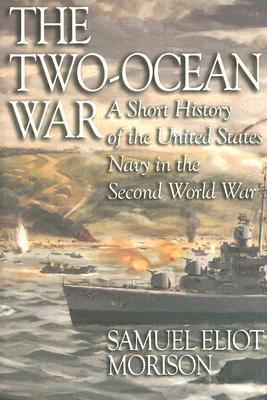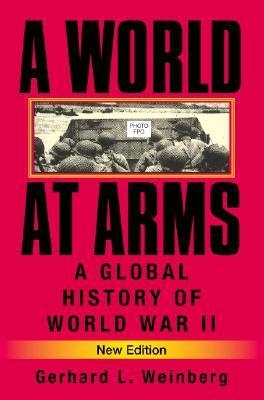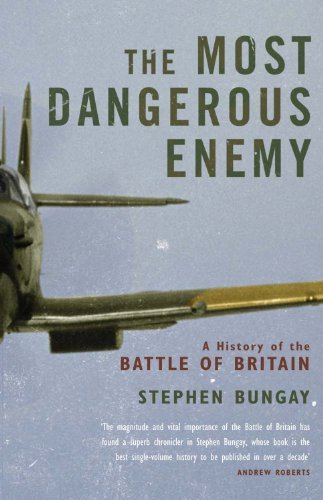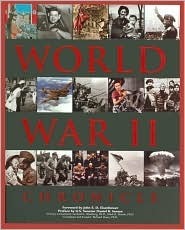
Why the Allies Won
Book Description
A fierce battle rages across continents, where strategy and sheer will collide in the darkest hours of human conflict. "Why the Allies Won" by Richard Overy peels back the layers of history, revealing the critical turning points and decisive moments that led to an unprecedented victory. With gripping insights into military tactics, economic pressures, and the sheer resilience of nations, this book unravels the intricate tapestry of alliances and enmities that shaped the course of World War II. As the stakes rise and tensions mount, one question remains: what unseen forces ultimately turned the tide in favor of the Allies?
Quick Book Summary
"Why the Allies Won" by Richard Overy is a comprehensive examination of the complex and multifaceted reasons behind the Allied victory in World War II. Going beyond simplistic explanations of military might or technological superiority, Overy explores the interplay of strategic decisions, economic capacities, ideological resilience, and the ability to mobilize human and material resources efficiently. He argues that the Allies' victory was not inevitable; rather, it was achieved through a series of critical decisions, adaptations to adversity, and the cumulative effect of coordinated efforts across multiple theaters of war. Overy highlights the importance of intelligence, industrial production, leadership choices, and the moral resolve that enabled Allied societies not only to endure but to outlast the Axis powers. The book offers a nuanced view, reshaping our understanding of how and why the Allies overcame their formidable opponents.
Summary of Key Ideas
Table of Contents
The Crucial Role of Economic and Industrial Power
Richard Overy argues that the backbone of the Allied victory rested on economic and industrial superiority. The United States and the Soviet Union in particular were able to outproduce the Axis powers in weapons, vehicles, and essential war materials. This overwhelming material output allowed the Allies to sustain prolonged conflict, replace losses, and mount increasingly large and complex operations. The Axis, in contrast, suffered under economic mismanagement, resource shortages, and an inability to match Allied production rates. Overy demonstrates that war is as much an industrial battle as a military one, with the ability to equip and supply vast armies proving decisive.
Strategic Adaptation and Military Innovation
Military victory required more than just material; it depended on the Allies’ capacity to adapt their strategies to shifting circumstances. Overy details how British, Soviet, and American commanders learned from early failures and innovated in both tactics and technology. From the Soviets refining deep battle strategies on the Eastern Front to the Anglo-American perfection of combined arms and amphibious warfare, the Allies outmaneuvered the Axis, who often employed inflexible or outdated doctrines. This adaptability enabled critical victories such as El Alamein, Stalingrad, and the Normandy invasion, turning points that shifted the momentum of the war.
Intelligence, Communication, and Codebreaking
Intelligence and communication played a pivotal role, especially as the Allies refined their abilities to intercept and decipher enemy transmissions. Overy highlights the importance of breakthroughs like the cracking of the Enigma code, which gave the British and Americans vital insights into German military planning. Superior coordination among Allied states, particularly in joint operations and resource-sharing, also multiplied their effectiveness. By undermining Axis communications and leveraging their own secure networks, the Allies gained crucial strategic advantages that often tipped the balance in key battles.
Ideological and Moral Resilience
Overy emphasizes that the Allied societies demonstrated remarkable resilience in the face of devastation, displacement, and loss. Propaganda, shared values, and the sense of fighting a just cause fueled public morale and enabled the mobilization of vast populations for war. In contrast, Axis societies grew increasingly fractious and demoralized as the war dragged on. The Allies’ ideological commitment to defeating tyranny and restoring peace not only unified their populations but also attracted resistance movements in occupied Europe, further eroding Axis control from within.
Leadership and Decision-Making Under Pressure
Effective leadership was a hallmark of the Allied war effort. Decisive figures such as Churchill, Roosevelt, and Stalin, despite their flaws, were able to rally their nations, forge pragmatic alliances, and support strategic innovation. Overy discusses how Allied leaders managed competing interests, set clear priorities, and kept their coalitions intact to a degree unmatched by the Axis powers. This capacity for strategic coordination and bold decision-making, particularly in moments of crisis, enabled the Allies to seize and maintain the initiative, ultimately ensuring victory.
Download This Summary
Get a free PDF of this summary instantly — no email required.





